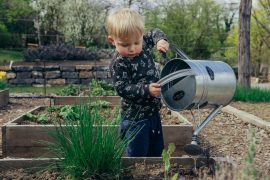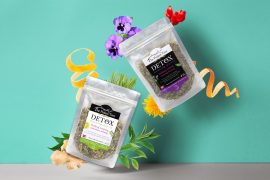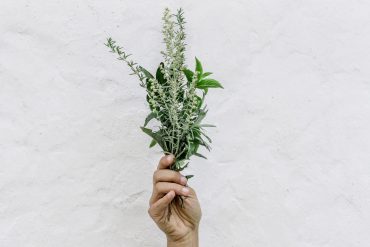By Georgia Hartmann
Mastitis is a condition that affects many breastfeeding mothers, causing pain, swelling, and discomfort in the breast. While medical intervention may be necessary in severe cases, there are natural approaches that can help manage mastitis effectively. In this blog post, we will delve into the two primary types of mastitis: inflammatory mastitis and infectious mastitis. We will explore the symptoms, causes, and discuss natural strategies for relieving mastitis. Additionally, we will emphasise the importance of maintaining a healthy breast milk microbiome and highlight the significance of avoiding unnecessary antibiotic use when possible.
Understanding Mastitis: Inflammatory vs. Infectious
Mastitis can be broadly classified into two types: inflammatory mastitis and infectious mastitis. It’s important to understand the distinction between the two, as the management approaches can vary.
Inflammatory Mastitis
Inflammatory mastitis typically arises from milk stasis, which occurs when milk is not adequately drained from the breast. The milk build-up leads to inflammation and pain. Common symptoms of inflammatory mastitis include redness, heat, and swelling in the affected area. Breast engorgement, improper latch, and infrequent or skipped feedings can contribute to this type of mastitis.
Infectious Mastitis
Infectious mastitis is caused by bacterial infection, often through cracked or damaged nipples. The most common bacteria responsible for infectious mastitis is Staphylococcus aureus. Symptoms may include flu-like symptoms such as fever, chills, and body aches, accompanied by localised breast pain, redness, and tenderness. It’s crucial to identify and address the infection promptly to prevent complications.
How to manage mastitis naturally
- Frequent and Complete Breast Emptying
To relieve mastitis and promote healing, it is crucial to ensure frequent and complete breast emptying. Breastfeed your baby on demand. If your baby is unable to drain the affected breast effectively, consider using techniques like “dangle feeding,” where you lean forward and allow gravity to aid in milk flow.
- Proper Nipple Care
Take care of your nipples by keeping them clean and dry. After each feeding, express a few drops of breast milk and gently rub it on the nipple. This helps maintain the breast milk microbiome, which plays a vital role in preventing infection. Another tip is to expose your breasts to sunlight each day – the vitamin D can help heal damaged or cracked nipples.
- Gently Squeeze the Nipple
Instead of massaging the breast, try gently squeezing the nipple during feedings to help promote milk flow and relieve clogged ducts. This technique is less likely to exacerbate inflammation.
- Apply Heat
Applying heat to the affected breast can provide relief by increasing blood flow and reducing inflammation. Use a warm compress, such as a warm face washer or towel, and apply it to the affected area for 10-15 minutes before breastfeeding or pumping.
- Cabbage Leaves
Cabbage leaves have been used for centuries as a natural remedy for mastitis. Place chilled cabbage leaves on the affected breast, leaving them for approximately 20 minutes. The cooling effect can help reduce swelling and discomfort.
- Raw Potato Poultice
If you don’t have cabbage leaves laying around, raw potato can also do the trick. A raw potato poultice can be prepared by grating a raw potato and placing it in a clean cloth. Apply the poultice to the affected breast for around 20 minutes, allowing the natural enzymes in the potato to aid in reducing inflammation and promoting healing. Ensure that the poultice is not too cold or too hot, and replace it with a fresh one when it becomes warm.











